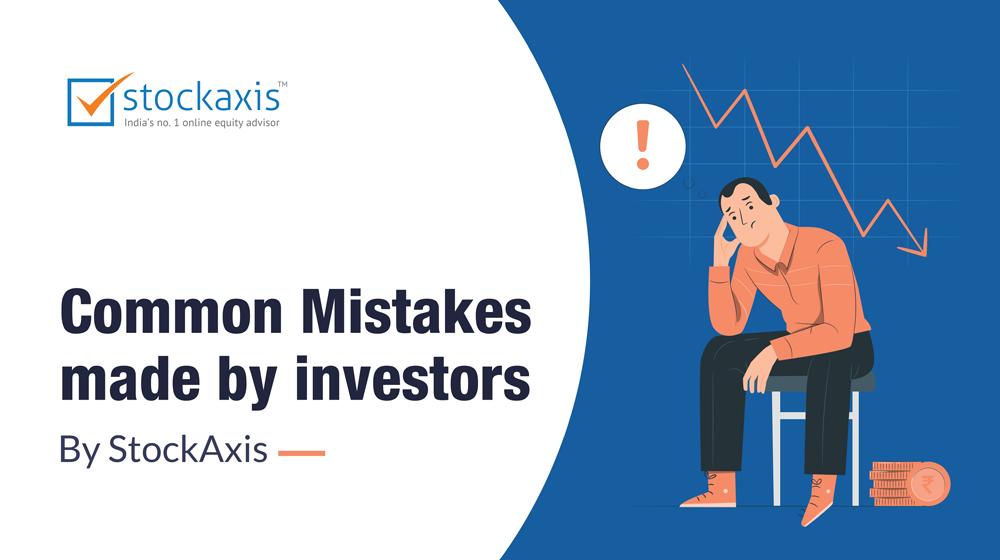Selling Indicators
Buying a stock is only half of your journey to building your wealth. Knowing when to sell is just as important. The first part of this course discusses why it's critical to cut your losses early. The second and third lessons teach you how to spot the best time to sell and take your profits.
These lessons are based on decades of research into the primary factors that move stocks. These principles aren't based on someone's opinion or theories from business schools. They're all based on what actually works in the market.
Lesson 3. Selling Indicators
3.1 Reading Key Selling Indicators
Just like stocks flash signals before making huge gains, they can also show certain characteristics that indicate potential trouble. In this lesson, you'll learn to identify the warning signs of a weakening stock.
3.2 - Sell Signals Aren't Always Obvious
If sales growth starts to slow, does it really mean trouble for a company?
If the leading stock in an industry group sputters, does it spell a similar fate for other stocks in the group?
And must you always sell if earnings are disappointing?
For investors, these questions are just as challenging as finding the right stocks to buy. Sometimes, stocks can fool you. They peak on seemingly the best days, when financial magazines rave about them, and shareholders are bubbling with excitement.
But some of the same tools that indicate the potential for a stock to rise can also tell you if a stock is headed down. This lesson will help you isolate the most useful fundamental indicators. But keep in mind that a stock's price and volume action is also valuable in spotting sell signs. Often a stock's chart will reveal something wrong with a stock much earlier than fundamental factors.
3.3 - Finding Flaws In Company Fundamentals
If you want clues to a stock's decline, you can basically take all the financial indicators that drive a stock up - such as earnings growth, sales growth and profit margins - and turn them upside down. These are your red flags:
Warning sign - a sharp slowdown in earnings growth in back-to-back quarters.
Warning sign - a sharp slowdown in earnings growth in back-to-back quarters. For example, if a company's earnings growth has been in the 100% range for several quarters, it's bad news when that slows down to 20% or 30%. Dalal Street has little patience and will quickly turn its attention to other, faster-growing companies. You should also pay attention to companies whose earnings or sales growth break a habitual pattern. For example, if a company had earnings growth over several quarters between 25% and 35% and then reports three quarters of steady deceleration, this could be a red flag. Such subtle slowdowns in earnings or sales can sometimes lead to the company eventually missing earnings forecasts.
Warning sign - significant drops in other main fundamentals
Warning sign - significant drops in other main fundamentals — sales growth, profit margins and return on equity — should serve as warning signs, especially if the stock starts having trouble making gains. Check the Sales + Profit Margins + ROE Rating for any significant drops in this gauge.
3.4 - Industry Groups Tend To Move Together
When industry leaders fall, other players in that industry become vulnerable.
When the majority of best-performing stocks in an industry fall sharply on heavy volume and are unable to recover, typically other stocks in the same industry could become vulnerable. For example, if leading pharma stocks are falling, other pharma stocks become vulnerable.
3.5 - Flagging Leadership Is Cause For Concern
One of the best ways to tell if a stock might go higher is by how it's performing already. When a stock no longer outperforms its peers, it's telling you the road will probably get bumpy. You can tell exactly how a stock is performing with the Relative Price Strength. Your stock should better than its pears.
3.6 - Selling Clues From Institutional Investors
Follow the buying and selling done by institutional investors.
The trading activity of mutual funds and other institutional investors has a huge influence on stock prices. Just as it's wise to buy stocks that funds are buying, you might in certain cases, consider selling stocks the funds are selling. Professional selling can be witnessed on the charts when stocks fall on heavy volume. One can also see the institutional holding in the shareholding pattern published every quarter on the websites of BSE and NSE.
Larsen & Toubro's Shareholding Pattern
| Description | Percent of Share (%) |
|---|---|
| Promoters | 0.00 |
| Individuals | 23.96 |
| Institutions | 36.63 |
| FII | 15.62 |
| Govt. | 0.00 |
| Others | 23.79 |
3.7 - Stock Splits May Flood The Market
Stock splits are when a company increases its shares outstanding and the share price is adjusted accordingly. For example, XYZ Ltd. sets a 2-for-1 split of 1 crore shares trading at ₹50 each. After a split, there are twice as many shares, or 2 crore, trading at ₹25. Companies do this to lower the share price in hopes of drawing more investors into the stock.
In case of stock splits
a. The number of shares outstanding increases
b. The share price decreases
But too many splits can have the opposite effect. Adding shares can tilt the supply-demand equation because there's a bigger supply of shares to go around. The stock price could fall. Carefully watch any stock that has split more than once in the past 12 months. Consider selling if a stock runs up 25% to 50% for one or two weeks on a stock split. However, a few hyper-growth stocks have kept climbing despite more than one split a year.
3.8 - Key Points To Remember
- Consider selling a stock if it shows fundamental signs of weakness, such as a steady deceleration in earnings or sales.
- Watch for weakness in the stock's industry group. When the leading stocks in an industry decline, the other stocks in the group may typically go down, too.
- If there are signs that mutual funds are consistently selling the stock, you should consider selling.
- Too many stock splits close together in time can push a stock lower.







